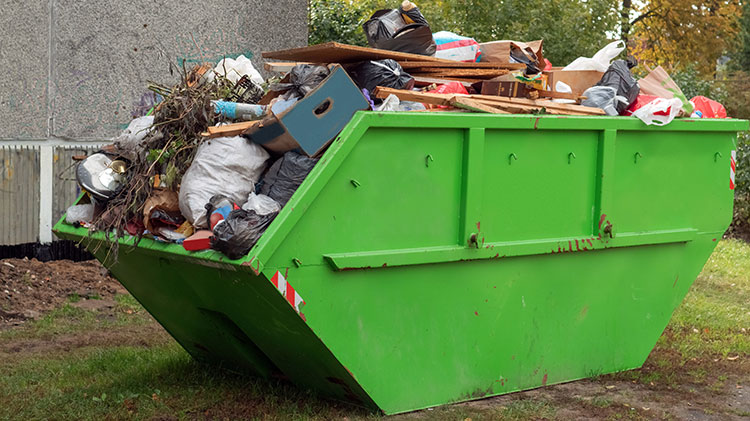Food Industry Waste Management Software

Effective waste management in the food industry is the key to controlling the costs and keeping the ROI high. The process starts with tracking the food waste streams, identifying the areas of improvement, and formulating an effective waste management strategy. However, since tracking the food waste streams can be very time-consuming, it’s often overlooked. Waste management software can be an extremely helpful tool for this process.
Features of a Food Manufacturing Waste Management Software
There are numerous and different types of waste management software available in the market today; however, only some qualify to be relied upon. Good waste management software will provide you with accurate information and allow you to be more productive in a lesser amount of time. Following is a list of key features of a food manufacturing waste management software and some key considerations you should pay attention to before buying one:
- Identify and differentiate between different types of waste – Top 5 types of waste in a food manufacturing unit are – Wrap area, Make-up area, Oven area, Mixing Area, and Other.
- Identify waste by production line – In case the facility has more than 1 production line, this function will allow you to identify which line is being most productive and which is the least.
- Identify waste by shift – The ability to set different shift timings allows you to identify how much each shift is contributing towards a particular waste type.
- Identify waste trends over some time – The ability to modify date and time parameters to generate different sorts of reports is critical for a thorough and quick analysis of the waste streams and waste lines.
- Manage Hauling – It must track the waste stream data from the manufacturing line to disposal.
- Levels of access – It must offer different levels of access to the floor operator as well as the management team. This will allow floor operators and managers alike to be proactive about making a conscious effort towards meeting the long-term waste reduction goals.
- Hardware – Most waste management software come with their own specialized hardware. You should ask upfront about the additional costs associated with the hardware if any.
- Initial implementation cost – Ideally the initial implementation costs should be a part of the software price.
Sustainability
Proper tracking and reporting of manufacturing waste help any food processing organization with easy access to the critical data that they require to identify potential opportunities for reducing manufacturing costs. Reduced manufacturing costs allow you to produce the same product using lesser resources and thus giving you the advantage over your competition and helping you achieve higher levels of sustainability. Lesser waste would also contribute towards higher employee morale with cleaner and safer working conditions. Start identifying your food processing waste today and save money!


